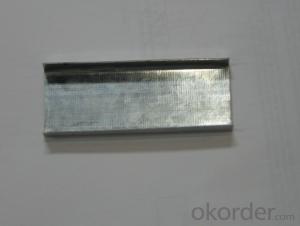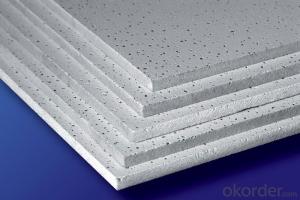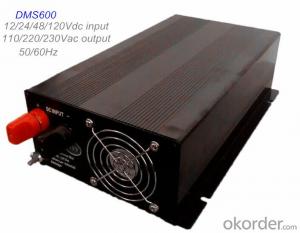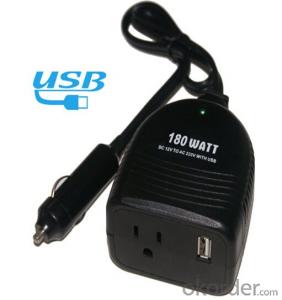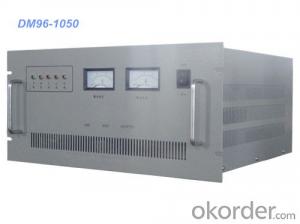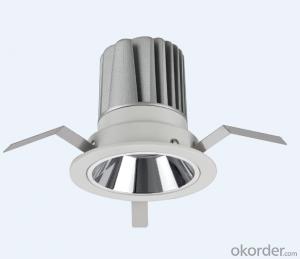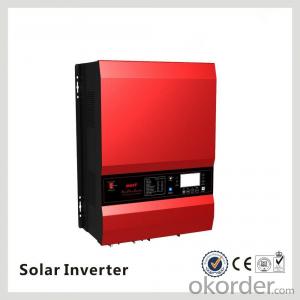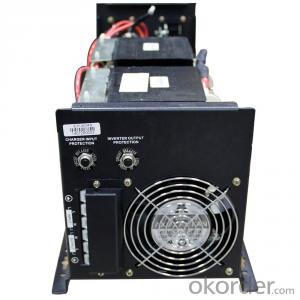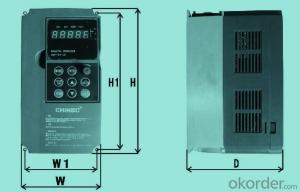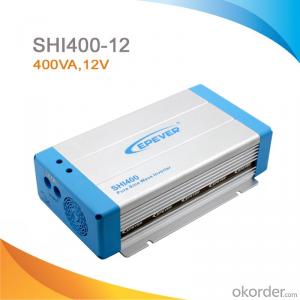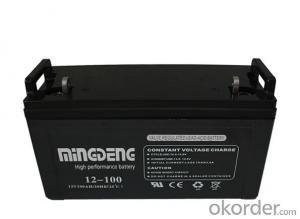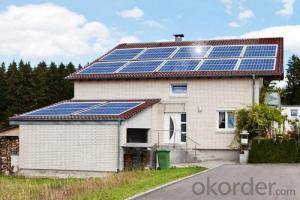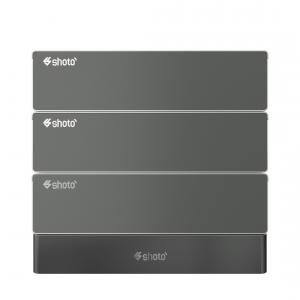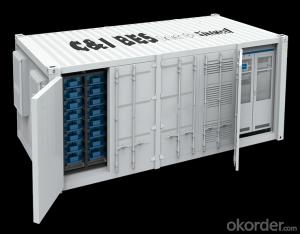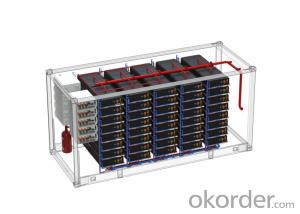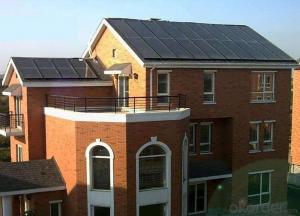12v To 120v Solar Inverter
12v To 120v Solar Inverter Related Searches
Best Stainless Steel For Knives Primer For Galvanized Steel H S Code For Stainless Steel Wd 40 For Stainless Steel Spray Paint For Stainless Steel Glue For Stainless Steel Drill Bits For Stainless Steel Spray For Stainless Steel Welder For Stainless Steel Diamond Grinding Wheels For SteelHot Searches
Steel Mesh Panels For Sale Price For Stainless Steel Scrap Scrap Price For Stainless Steel Stainless Steel Tank For Sale Cheap High Tea Sets For Sale Stainless Steel Tanks For Sale High Density Fiberboard For Sale Solar Hot Water Collectors For Sale Scaffolding For Sale In Uae Scaffolding For Sale In Ireland Scaffolding For Sale In Houston Type Of Inverter For Solar Price Of Shipping Containers For Sale Types Of Inverter For Solar Stock Price For Aluminum Used Solar Inverter For Sale Portable Led Signs For Sale Stone Hot Water Bottles For Sale Aluminum Coil Stock For Sale Steel Mesh Panels For Sale12v To 120v Solar Inverter Supplier & Manufacturer from China
Okorder.com is a professional 12v To 120v Solar Inverter supplier & manufacturer, offers integrated one-stop services including real-time quoting and online cargo tracking. We are funded by CNBM Group, a Fortune 500 enterprise and the largest 12v To 120v Solar Inverter firm in China.Hot Products
FAQ
- Solar energy systems contribute to job creation in several ways. Firstly, the installation and maintenance of solar panels require skilled workers, such as electricians and technicians, creating employment opportunities in these sectors. Additionally, the manufacturing and supply chain of solar equipment employ a significant number of individuals. As the demand for solar energy continues to grow, so does the need for manufacturing, sales, and distribution jobs in the solar industry. Furthermore, the development and operation of large-scale solar farms create new positions in project management, engineering, and construction. Lastly, the shift towards renewable energy sources like solar power leads to a decrease in fossil fuel jobs but simultaneously opens up new prospects in the clean energy sector, fostering job growth and economic development.
- Yes, solar energy systems can be used in areas with limited access to educational resources. Solar energy systems are relatively simple to install and operate, requiring minimal technical knowledge. With basic training and guidance, local communities can learn to set up and maintain solar systems, even in areas with limited educational resources. Additionally, there are numerous online resources and organizations that provide educational materials and support for individuals and communities interested in harnessing solar energy. Thus, solar energy systems can be a viable and sustainable solution for areas with limited access to educational resources.
- A church or religious building can indeed have a solar energy system installed. Actually, numerous religious organizations have begun to adopt solar energy as an eco-friendly and sustainable approach to diminishing their carbon footprint and cutting down energy expenses. The installation of solar panels on the roof of such establishments enables the production of clean and renewable energy, thereby powering the facility and lessening its dependence on conventional energy sources. Furthermore, by embracing solar power, religious organizations can serve as role models within their communities, inspiring others to embrace clean energy practices.
- Indeed, surge protection becomes imperative when it comes to solar energy systems. The susceptibility of these systems to power surges caused by lightning strikes, grid fluctuations, or other electrical disturbances necessitates the presence of surge protection. The fragile electronic components of a solar energy system, like inverters or charge controllers, can be severely compromised or even annihilated by power surges. Hence, the deployment of surge protection devices, such as surge protectors or surge arresters, is crucial in diverting excessive voltage away from the system, thereby safeguarding it from harm and ensuring its durability. Furthermore, the inclusion of surge protection is often mandated by electrical codes and regulations to guarantee the safety and dependability of solar energy systems.
- Yes, solar energy systems can certainly be used for powering off-grid research facilities. Solar panels can be installed to generate electricity from sunlight, which can then be used to power various equipment and systems in research facilities. This renewable and sustainable energy source offers a reliable and cost-effective solution, especially in remote locations where access to traditional power grids may be limited or non-existent. Additionally, solar energy systems can be combined with energy storage solutions, such as batteries, to ensure uninterrupted power supply even during periods of low sunlight or at night.
- The role of solar-powered ventilation systems in solar energy systems is to improve the overall efficiency and performance of the system. These ventilation systems help in regulating the temperature and air quality within the solar energy system, preventing overheating and reducing the need for additional cooling mechanisms. By utilizing the power of the sun, these ventilation systems provide sustainable and environmentally friendly solutions for maintaining optimal conditions in solar energy systems.
- Yes, solar energy systems can definitely be used in powering warehouses or distribution centers. In fact, many businesses are increasingly adopting solar energy as a sustainable and cost-effective solution for their energy needs. Warehouses and distribution centers are typically large facilities with ample roof space, making them ideal candidates for solar panel installations. By installing solar panels on the roof or ground of these facilities, the generated solar energy can be used to power various operations within the warehouse or distribution center. This includes lighting systems, climate control, refrigeration units, conveyor belts, and other machinery or equipment. The generated energy can also be stored in batteries for later use during cloudy days or at night. Several advantages make solar energy systems a great fit for warehouses and distribution centers. Firstly, solar power helps reduce reliance on the traditional grid, leading to reduced electricity bills and long-term cost savings. Moreover, as solar energy is a renewable and clean energy source, using it reduces greenhouse gas emissions and contributes to a more sustainable business operation. In addition to the cost and environmental benefits, solar energy systems can also provide businesses with energy independence and resilience. By generating their own power, warehouses and distribution centers are less vulnerable to power outages or fluctuations in the grid, ensuring uninterrupted operations and minimizing downtime. Overall, the use of solar energy systems in powering warehouses and distribution centers presents numerous advantages, including cost savings, sustainability, energy independence, and operational resilience. As a result, more and more businesses are embracing solar energy as a reliable and efficient solution for their energy needs in these types of facilities.
- Yes, solar energy systems can still be used in areas with high snowfall. While snow can temporarily reduce the efficiency of solar panels, they are designed to withstand snow loads and can still generate electricity. Additionally, advancements in technology, such as tilt angles and snow-shedding designs, help improve the performance of solar systems in snowy conditions. Regular maintenance, such as clearing snow off the panels, can also optimize their efficiency in such areas.



